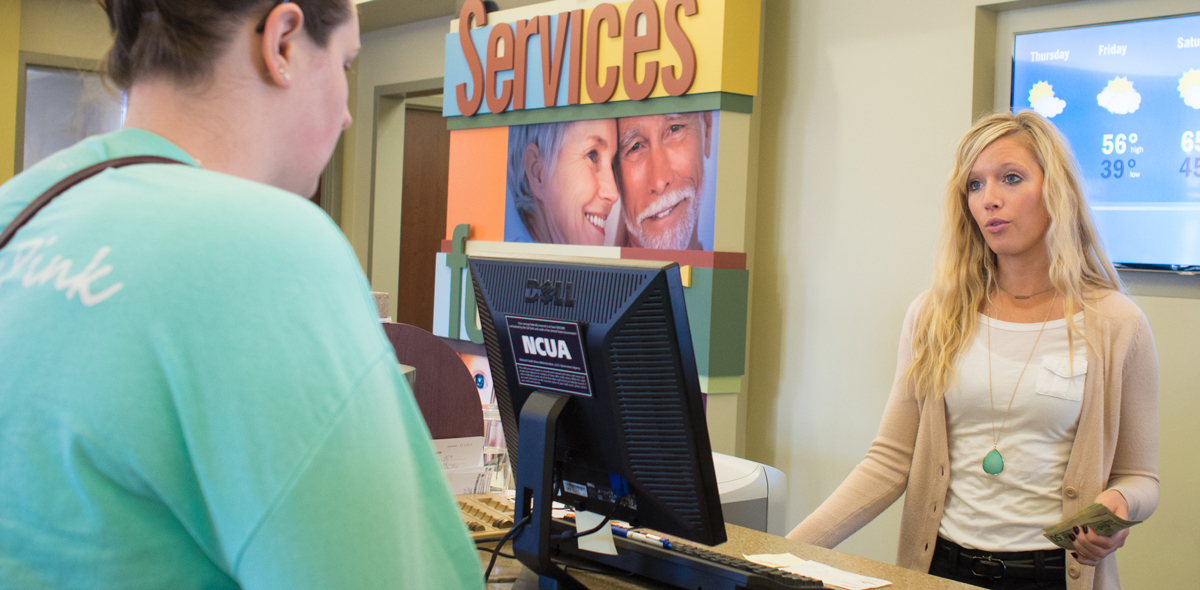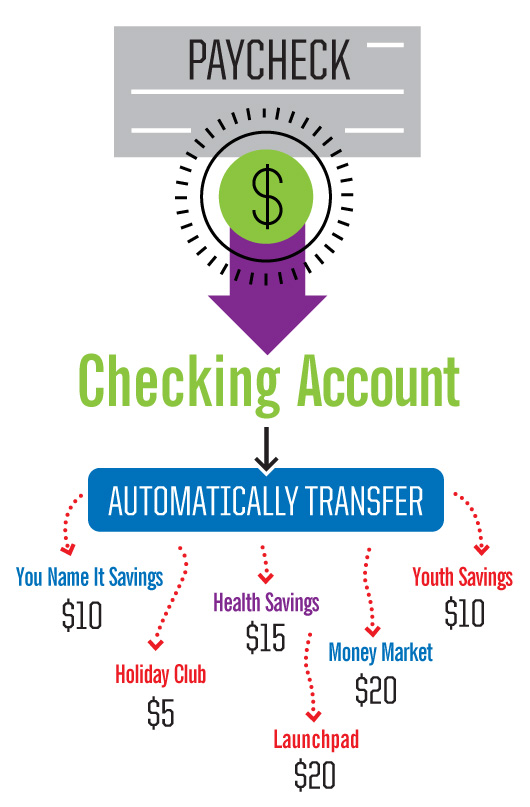Kick off the new year with a fresh start to spending

Experiencing a holiday spending hangover in the new year?
“Maybe you weren’t as prepared as you could have been for the holidays, but that’s OK,” said Dupaco Credit Union’s Tammy Wood. “Now, how do you get that spending back on track?”
With the holidays in the rearview mirror and a new year in front of you, it might be time for a frugal month. Think of it as a spending fast to cleanse your budget in the areas where it needs it most.
Committing to a frugal month, where you strip your spending to the bare basics, will allow you to find your spending baseline—and maybe even help you rediscover your priorities in life.
“January would be a great time for a frugal month,” Wood said.
Practicing a frugal month in the new year
Here’s what you should know before you get started:
Track your spending
Keep a notepad with you at all times, and record everything you spend money on.
Pay a bill—write it down. Turn on the lights—record it. Go to the grocery store—add it to the notebook.
“You’re probably spending more on things than you realize,” Wood said. “As you write it down, it will bring to light just how much you’re spending.”
Be kind to yourself
As you keep track of your spending, resist the temptation to judge yourself for overspending in the past, Wood said. Instead, look ahead and stay positive about your budget challenge.
“It’s going to feel like a long time. But it’s only a month. Think of it as a fun challenge,” she said. “There could be things that come from a frugal month that could save you for years to come because you didn’t realize you were spending on things you didn’t even enjoy or use anymore.”
Determine where you can cut costs
Your spending journal will help you start seeing where you can cut costs throughout your frugal month—and beyond. Each week, reevaluate your spending habits and try to cut even more.
- Are you making regular coffee runs or trips to the company vending machine?
- Are you eating out for lunch instead of bringing meals from home?
- Are you taking long showers?
- Are there clothes you’re putting in the dryer that can be hung instead?
- How much are you spending on gas and electricity each month compared to others in your neighborhood?
- Are you using paper plates instead of dishes?
- How often are you using your gym membership, streaming subscriptions and other monthly “extras”?
“You’re cutting your budget completely bare, so all of these things come into play,” Wood said. “Only spend on your necessities.”
Discover your spending baseline
Stripping your budget will allow you to determine your spending baseline—the least amount you can spend to live comfortably.
“In this society, we have so many things that are actually wants that we’ve turned into needs,” Wood said. “Scaling back to your bare minimum will help you realize all those things you don’t need on a daily, weekly or monthly basis. It will give you a new understanding of life almost and a greater appreciation of the things you enjoy.”
Establish a new budget
Finding your spending baseline will also help you establish a budget that better matches your priorities.
A free Dupaco Money Makeover can help you create your budget. Within your budget, you can tackle those resolutions to save more for your goals. With Dupaco’s You-Name-It Savings accounts and Holiday Club, you can intentionally and regularly save for the things that matter most to you.
“It’s OK to budget for entertainment and going out to eat,” Wood said. “Do the things you enjoy, but budget for them.”




